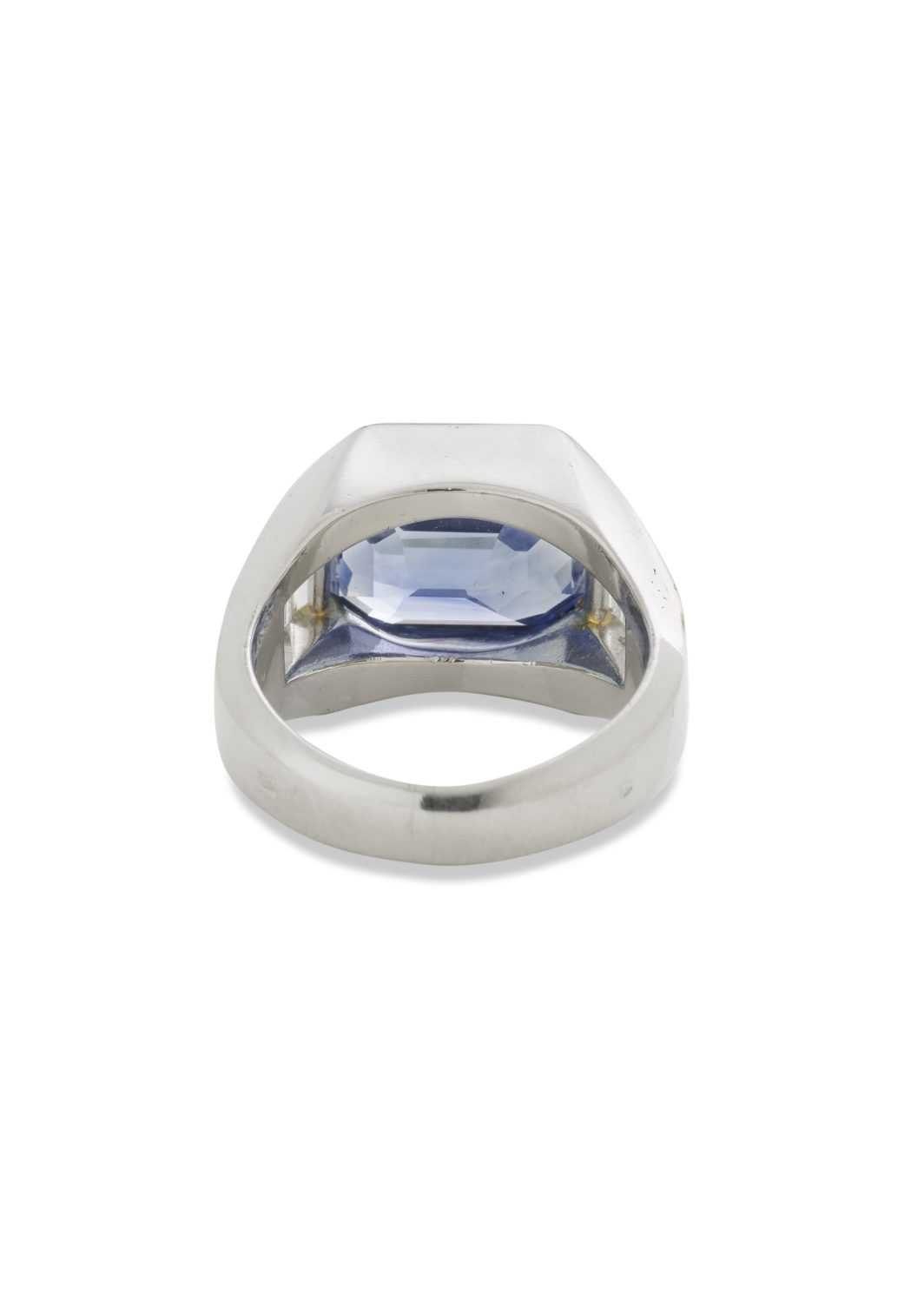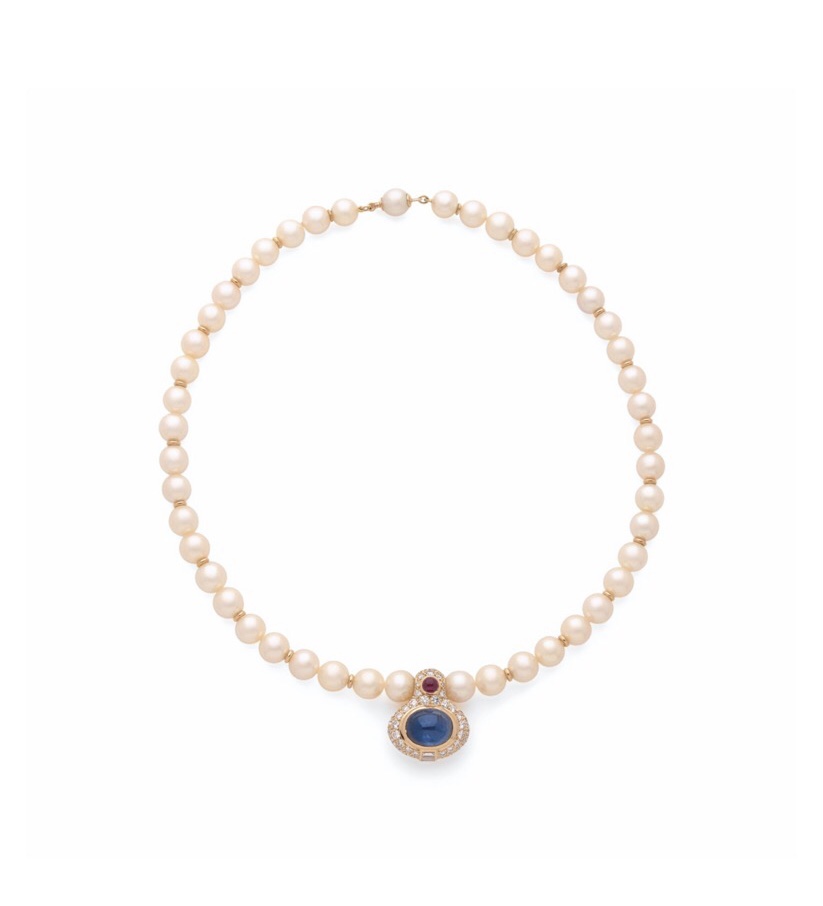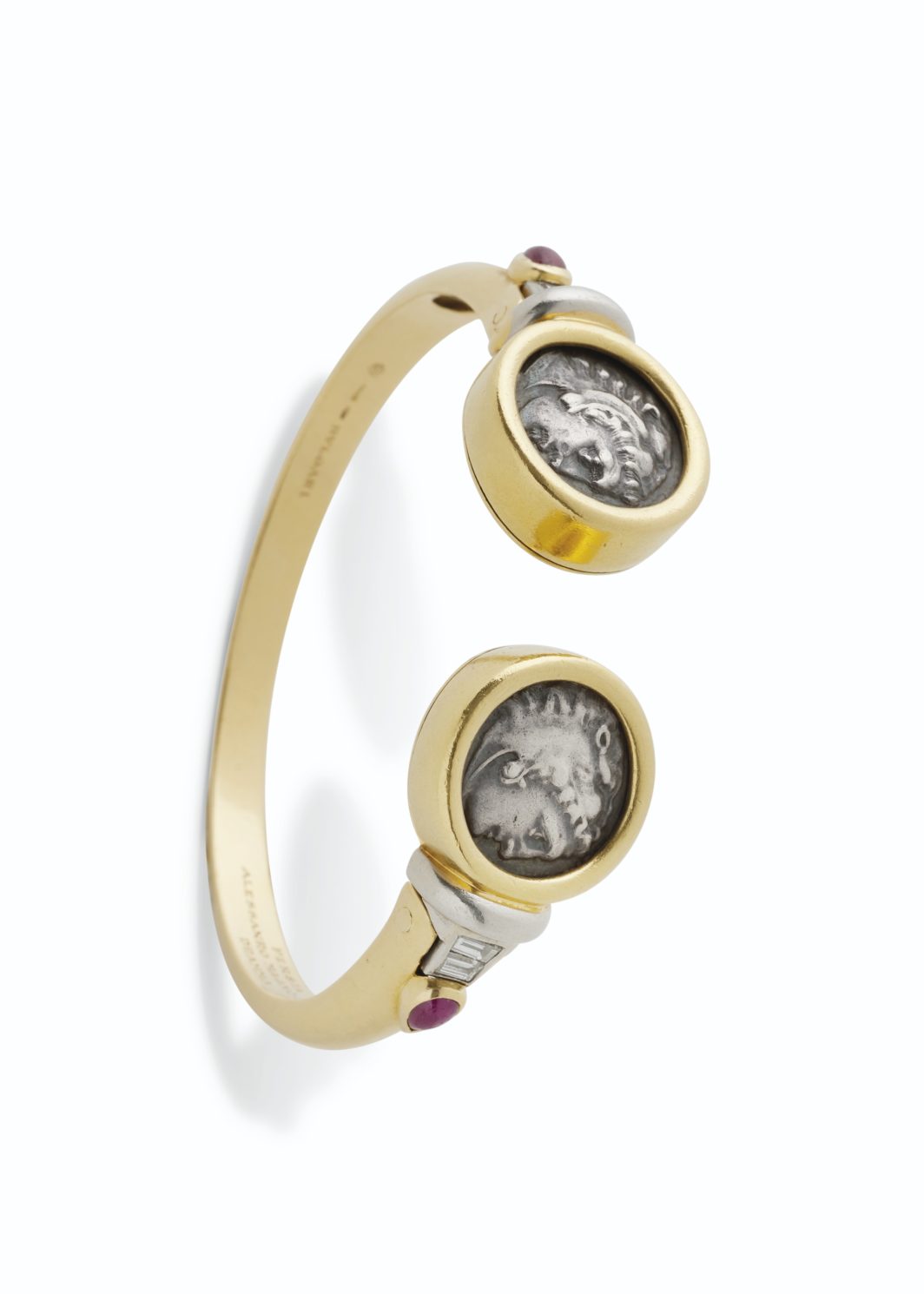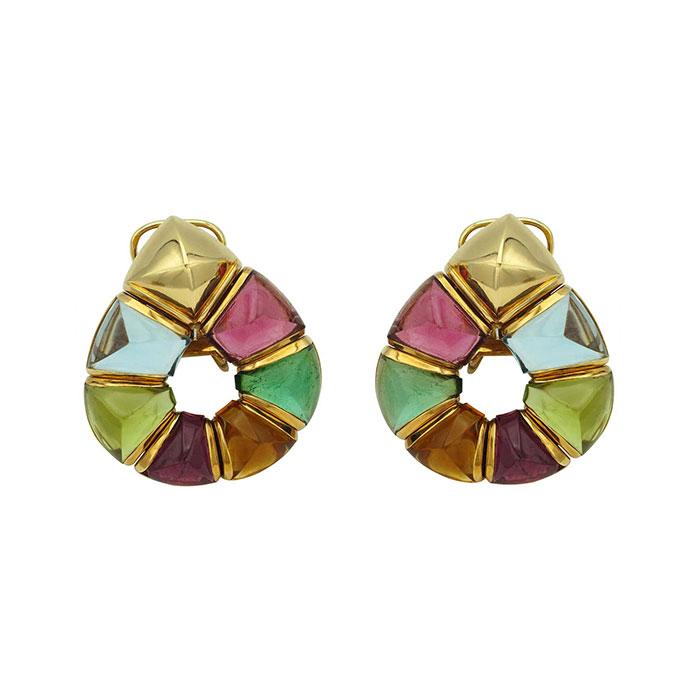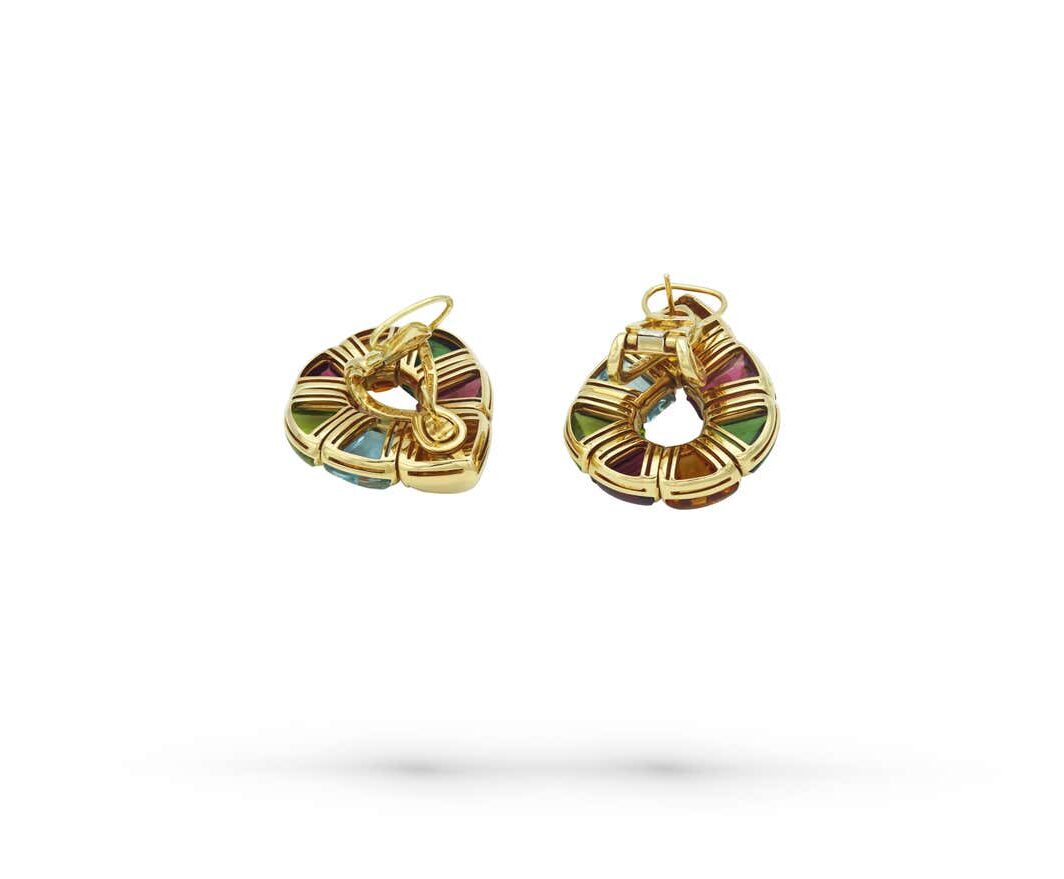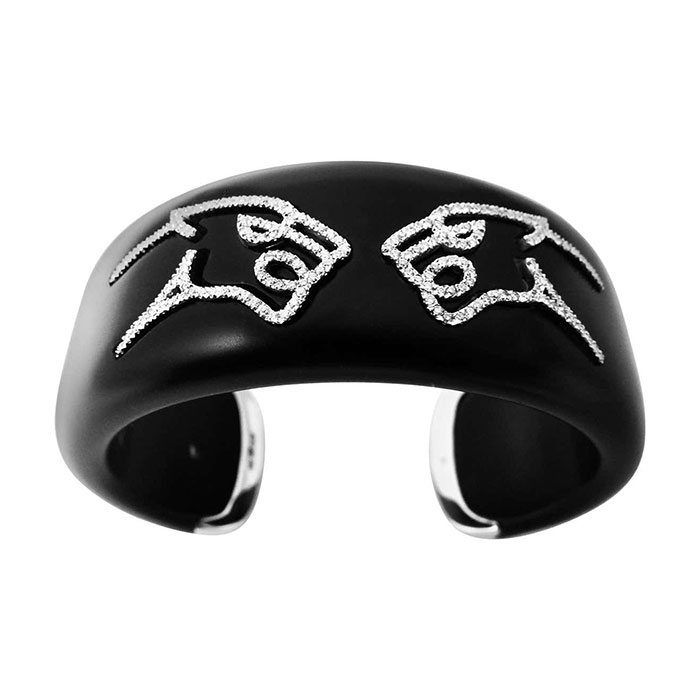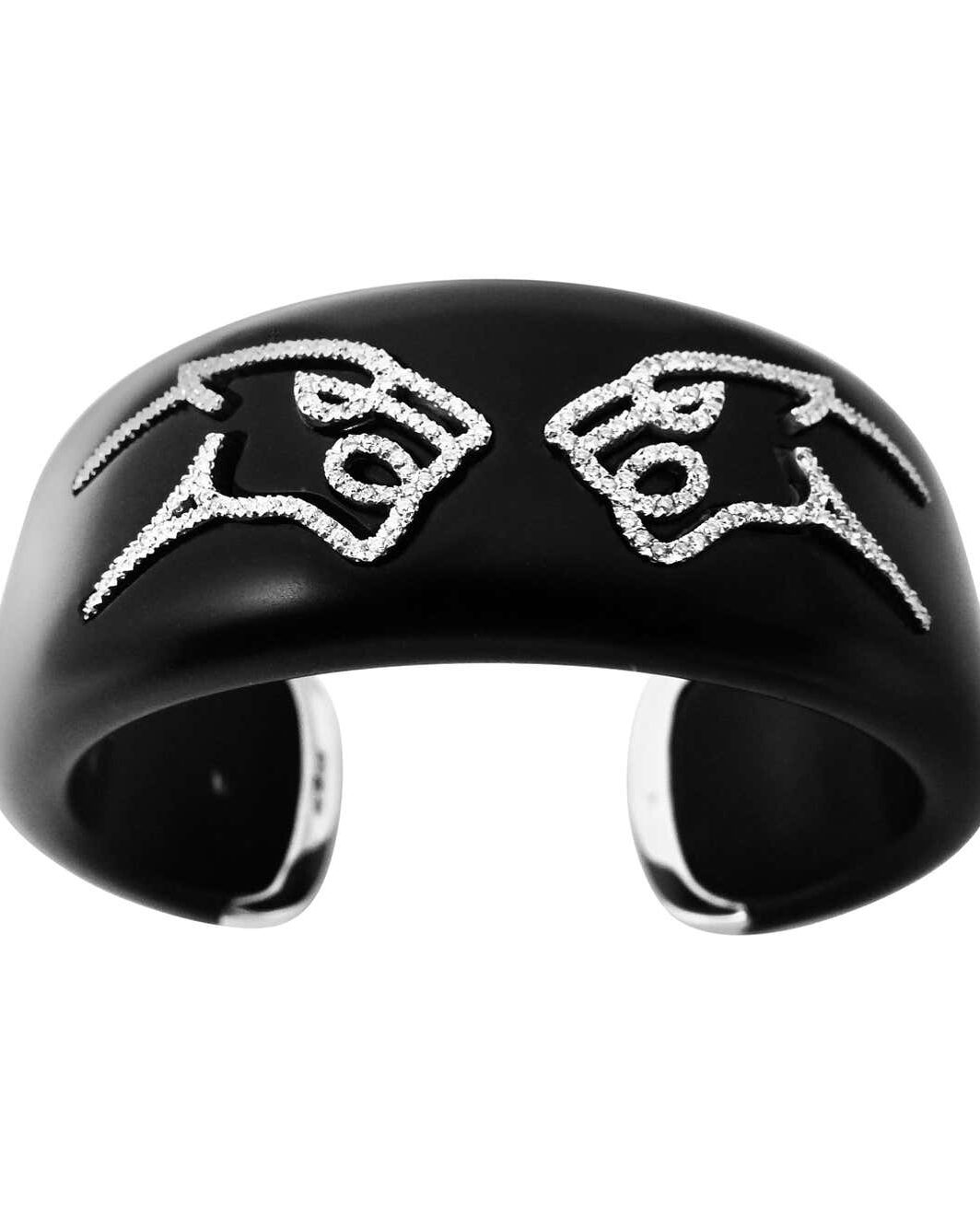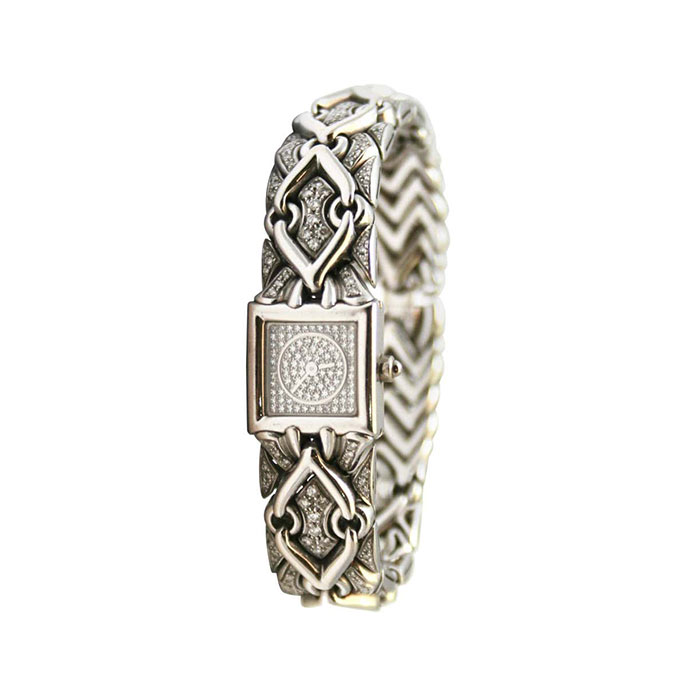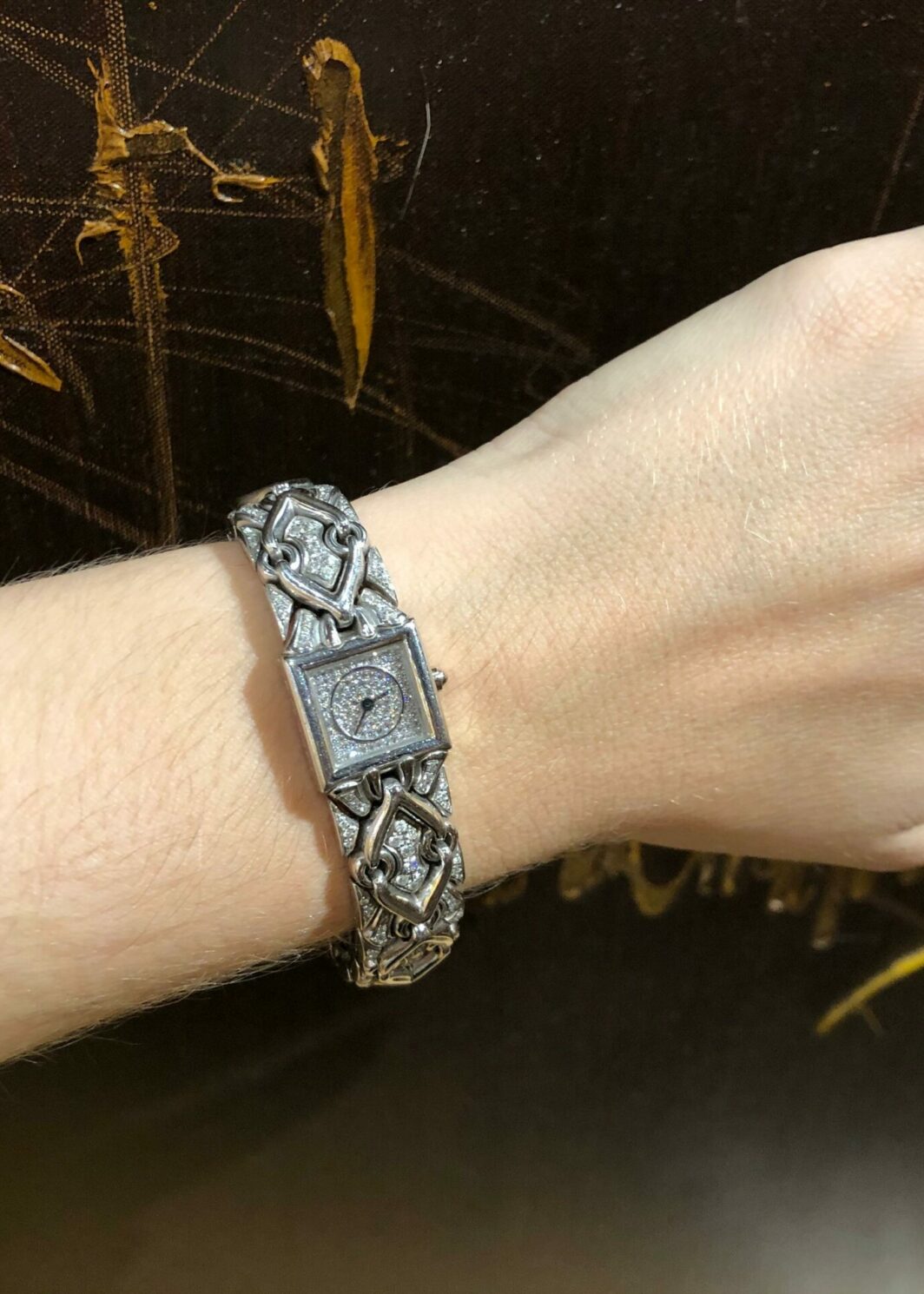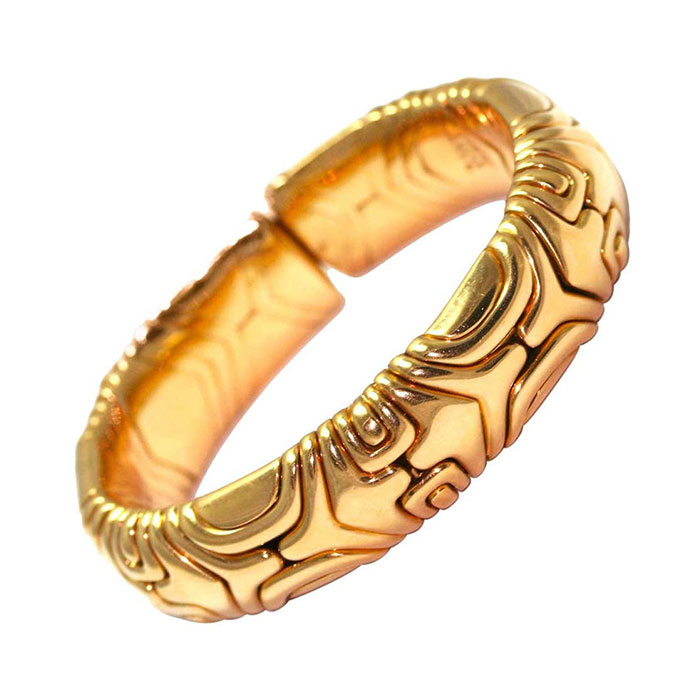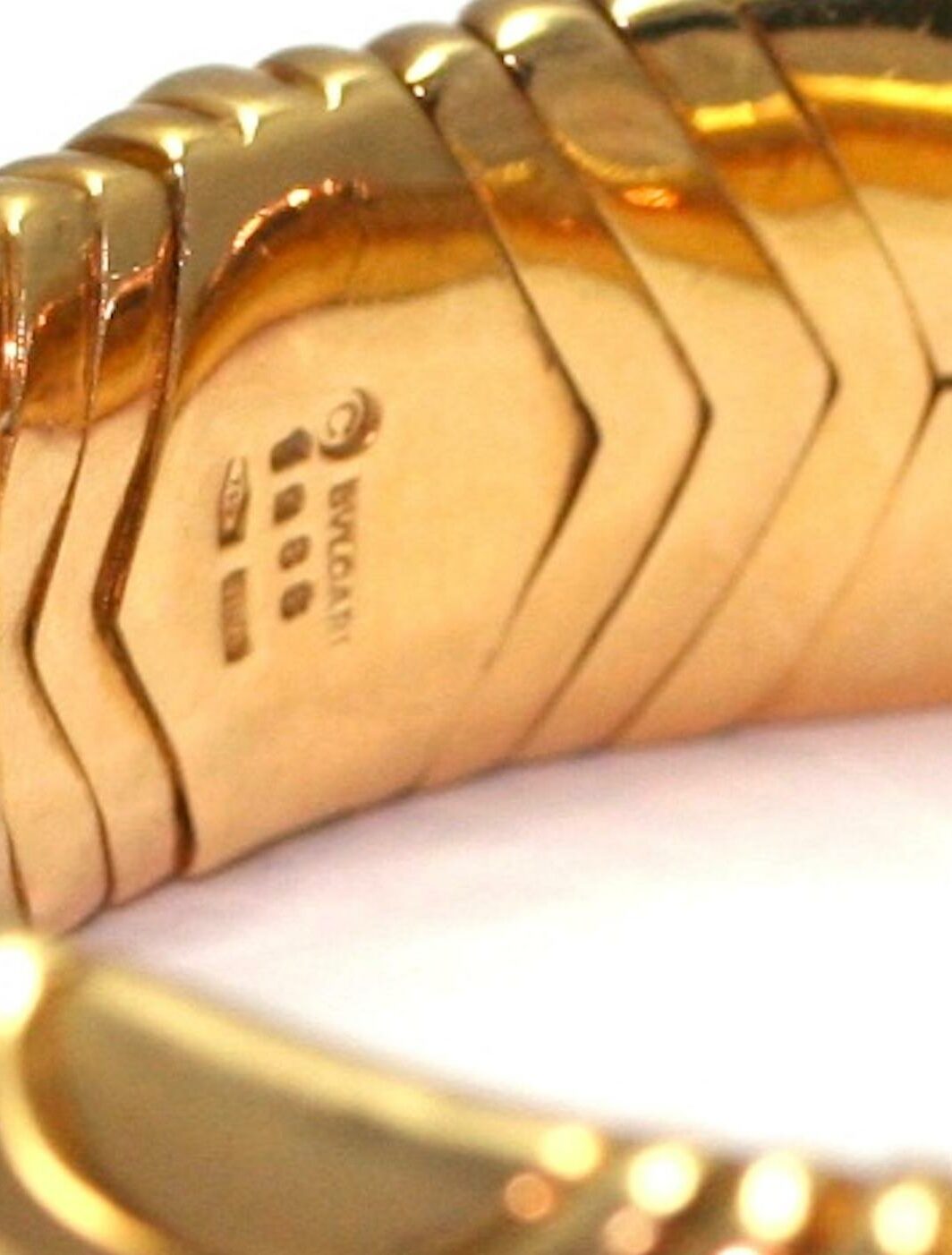BVLGARI
History of BVLGARI
In Monaco, in the center of Monte carlo, the Galerie Montaigne, who is specialized in exclusive jewelry, is presenting luxury jewelry, estate and signed jewelry. Our jewellery shop in Monaco identifies purchases and certifies necklaces, bracelets, rings and earrings by Bulgari.
The taste in Monaco is obviously inspired by the Mediterranean spirit and Bulgari is carrying this sense of evanescent beauty, both bold and sophisticated. So Galerie Montaigne specializes in exceptional signed Bvlgari jewels focusing on its iconic collections: Monete sets, Serpenti bracelets, Parentesi necklaces, and the very desirable Tubogas in yellow, pink, and white gold. Very strict in terms of provenance, we work with the Monte-Carlo Bvlgari store and the Bvlgari heritage foundation.
End XIXth century, early XXth century
In 1881 Sotirios Boulgaris, left his native Greece to settle in Rome, coming from a family of goldsmiths he knows how to master precious metals. At first, he sells his creations to a Greek goldsmith, then, he adapts its to the tastes of the Italian fashion, which was largely Paris inspired. In 1884 he Italianizes his name to Sotirio Bulgari and starts on his first store via Sistina.
In 1908, he goes to Paris to master the work of platinum; this precious metal discovered in 1900 is a major turn in jewellery creation, more malleable, it allows dazzling jewellery creations.
First half of XXth Century
In 1932, Sotirio dies; Constantino and Giorgio his two sons take the direction of the Company. Bulgari begins to stand out from other jewelers with a style liberated from fashion combining varied colorful gems in cabochon cut, the famous Trombino ring is launched.
Because of the Second World War and the strain to obtain gems, jewels are often without stones. However, creativity persists with the design of the iconic Serpenti wristwatch using a flexible Spirotube mesh. The body of the snake wristwatch is in Spirotube and can be wrapped around the wrist two or three times, the snake’s head is the watch’s dial.
Modern times
Greco-Roman classicism and the Italian Renaissance inspire Bvlgari. After the war movie stars adore the fabulous Bulgari style, taking the jeweller to a climax of fame. Elizabeth Taylor had an amazing Bvlgari collection set with cabochon-cut precious stones; together they took feminity to a higher level of glamour.
As a clear reference to the Greek origins of the company Bvlgari launches the iconic Monete collection matching antique coins and the lustrous and flexible spirotube. Also the Serpenti watch is no longer stylized, but a life-like snake, it’s body in gold or enameled in bright colors, the mouth holding the dial.
After the death of Giorgio in 1966 his sons Gianni, Paolo and Nicola take over. It’s the third generation and their youth enables Bvlgari to catch the spirit of the time. They dare luscious color combinations, oval cabochon cuts, maxi sizes and have a predilection for yellow gold which can be worn in a more informal manner.
These were years of Hippie culture and Pop art influence, this can be found within Bulgari’s design and motifs of lotus flowers, Buddha’s or even the star spangled banner. According to Andy Warhol the store Via Condotti is the best ever contemporary art gallery.
In the 1980s the Parentesi collection stands out, designed for modern women moving from meetings to cocktail parties, it is inspired by a detail of the Roman pavement. The Chandra collection uses an uncommon material: porcelain. Later Bulgaria stays true to its style: cabochon gemstones, yellow gold, a fondness for sapphires and colored stones.
©Manon Chevassus


